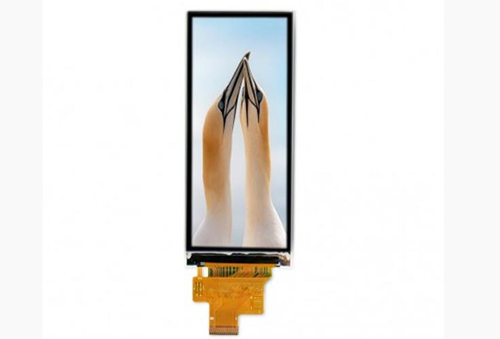What type of glass is used in LCD?
Views: 1043 Update date: Sep 20,2023
LCD (Liquid Crystal Display) technology has revolutionized the way we interact with digital information. From our smartphones and computer monitors to modern televisions, LCD displays are everywhere. But what exactly goes into making these screens so vibrant and responsive? One crucial component that often goes unnoticed is the type of glass used in LCD displays.
TFT Integration: TFTs are tiny semiconductor devices integrated onto the glass substrate. Each pixel on the screen corresponds to one of these transistors, acting as a switch that controls the passage of light through the liquid crystals.
Pixel Formation: TFT glass is meticulously patterned to create a grid of pixels. These pixels are composed of three sub-pixels, one for red, one for green, and one for blue. By manipulating the intensity of these primary colors, the display produces the full spectrum of colors visible on the screen.
IPS (In-Plane Switching): Renowned for their wide viewing angles and color accuracy, IPS displays often leverage TFT glass to achieve superior image quality.
OLED (Organic Light Emitting Diode): While OLED displays employ a different technology, they still incorporate a glass substrate for durability and protection.
TN (Twisted Nematic): Common in budget monitors and laptops, TN displays also utilize TFT glass to enhance image quality.
The Role of Glass in LCD Displays
LCD displays rely on a combination of liquid crystals, polarizers, and backlighting to create images. The glass component serves as the protective front surface that encapsulates these vital elements. This glass is not your ordinary window pane; it's engineered to meet stringent performance criteria essential for delivering crisp, clear images.Thin-Film Transistor (TFT) Glass
The glass used in most LCD displays is known as Thin-Film Transistor (TFT) glass. TFT glass plays a pivotal role in ensuring the display's functionality and visual quality. Here's how it works:TFT Integration: TFTs are tiny semiconductor devices integrated onto the glass substrate. Each pixel on the screen corresponds to one of these transistors, acting as a switch that controls the passage of light through the liquid crystals.
Pixel Formation: TFT glass is meticulously patterned to create a grid of pixels. These pixels are composed of three sub-pixels, one for red, one for green, and one for blue. By manipulating the intensity of these primary colors, the display produces the full spectrum of colors visible on the screen.
Backlighting: Positioned behind the TFT glass is the backlighting system, which can be either LED (Light Emitting Diode) or CCFL (Cold Cathode Fluorescent Lamp), depending on the LCD display type. The light generated by the backlight passes through the TFT glass and the liquid crystal layer to create the visible image.
Varieties of LCD Displays
TFT glass is used in various types of LCD displays, each tailored to specific applications and requirements. Some notable varieties include:IPS (In-Plane Switching): Renowned for their wide viewing angles and color accuracy, IPS displays often leverage TFT glass to achieve superior image quality.
OLED (Organic Light Emitting Diode): While OLED displays employ a different technology, they still incorporate a glass substrate for durability and protection.
TN (Twisted Nematic): Common in budget monitors and laptops, TN displays also utilize TFT glass to enhance image quality.




